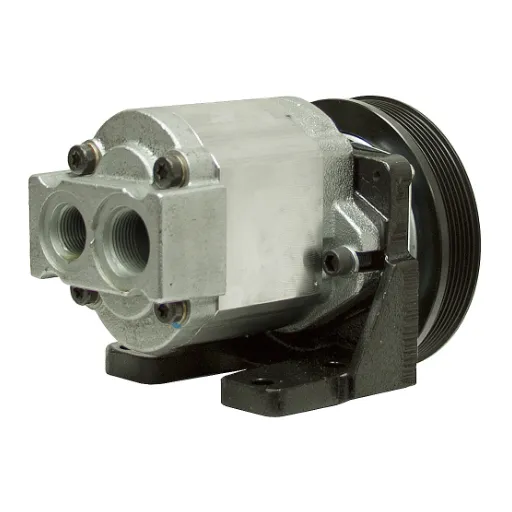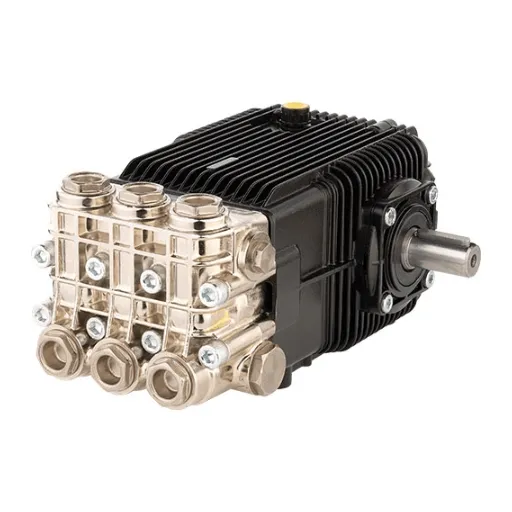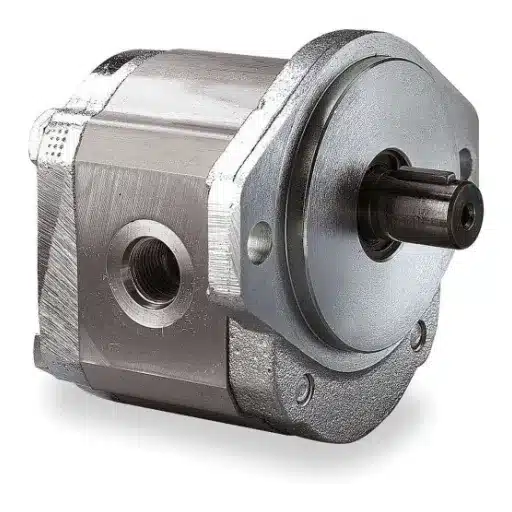How Hydraulic Clutch Pumps Work
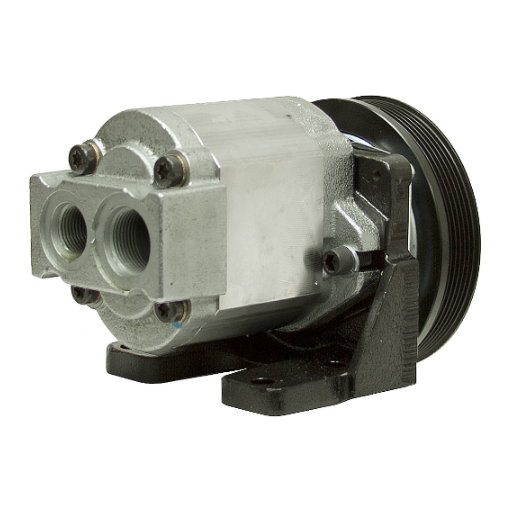
Key Components of Hydraulic Clutch Systems
The hydraulic clutch system has a number of vital elements working with each other to engage and disengage power from the engine smoothly and efficiently. The main components include:
- Clutch master cylinder – Converts mechanical force into hydraulic pressure
- Clutch slave cylinder – Receives hydraulic pressure and actuates the clutch mechanism
- Hydraulic fluid – Transfers force through the system
- Connecting lines – Transport pressurized fluid between components
System Operation: When the clutch pedal is depressed, the master cylinder converts mechanical force into hydraulic pressure. This pressurized fluid flows through connecting lines to the slave cylinder, which then shifts the clutch fork to engage or disengage the clutch plates. This precise engineering ensures smooth power transmission and gear changes.
Mechanics Behind Operation
The operation of a hydraulic clutch system is based on the principles of fluid mechanics. The system works efficiently because hydraulic fluid is incompressible, which means it transfers force from the pedal to the clutch components with minimal energy loss. Key advantages include:
- Smoother and more precise clutch engagement
- Reduced wear and tear on components
- Enhanced overall driving comfort
- Automatic compensation for mechanical slack over time
- Consistent performance without frequent manual adjustments
Fluid Dynamics in Hydraulic Systems
Fluid dynamics in hydraulic systems concerns the flow and force transmission through liquids. This phenomenon is based on Pascal’s Law, which states that pressure exerted on a confined fluid is transmitted equally in all directions within the fluid.
Key Elements of Fluid Dynamics:
- Hydraulic fluid (oil) – Non-compressible medium for energy transfer
- Pistons and cylinders – Convert pressure into linear motion
- Hoses – Enable a smooth fluid journey between components
Benefits of Using Hydraulic Clutch Pumps
Improved Performance and Efficiency
Hydraulic clutch pumps exhibit excellent performance through several key advantages:
- Smooth and controlled force transfer with minimal energy loss
- Reduced wear on mechanical parts due to frictionless transmission
- Excellent performance in high-pressure working conditions
- Consistent power output regardless of operating conditions
- Responsive adjustment to changing load demands
- Enhanced environmental profile with reduced energy consumption
Durability in Harsh Conditions
Hydraulic clutch pumps are engineered to withstand challenging environments:
- Material Construction: Built with high-grade alloys and composites
- Temperature Resistance: Operates effectively in extreme hot and cold conditions
- Sealing Technology: Advanced seals prevent contamination from dust, dirt, and moisture
- Fluid Compatibility: Works with bio-based and synthetic hydraulic fluids
- Pressure Stability: Maintains consistent pressure and flow under heavy loads
Versatility Across Applications
Used in excavators, loaders, and bulldozers for precise control and consistent performance in heavy construction tasks.
Power hydraulic systems in tractors and harvesting equipment for tillage, planting, and irrigation activities.
Operates automated manufacturing systems, including presses, shears, and other equipment requiring reliable hydraulic power.
Essential for loader operations, hydraulic tailgates, and truck-lifting mechanisms to enhance efficiency and safety.
Powers log loaders and tree harvesters, providing the power and precision required for heavy-duty forestry work.
Common Applications of Hydraulic Clutch Pumps
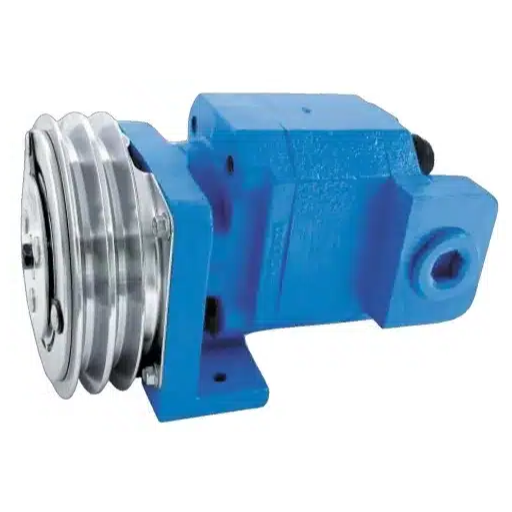
Automotive Industry
In the automotive sector, hydraulic clutch pumps are essential for:
- Heavy trucks and commercial vehicles
- Buses and public transportation
- Emergency vehicles require reliable performance
- Electric vehicles with automated hydraulic systems
Modern designs feature lightweight, corrosion-resistant alloys for better fuel efficiency and improved sealing for harsh operating conditions.
Industrial Machinery
Industrial machinery represents a crucial application area where hydraulic clutch pumps are used:
- Manufacturing processes with precision requirements
- Automated systems with IoT integration
- Predictive maintenance applications
- Heavy-duty operations require consistent power delivery
Heavy Equipment Usage
Heavy equipment across multiple industries relies on hydraulic clutch pumps for:
- Construction: Bulldozers, excavators, loaders, cranes
- Mining: Large-scale extraction and processing equipment
- Agriculture: High-capacity farming machinery
- Logistics: Material handling and transportation equipment
Maintenance Tips for Hydraulic Clutch Pumps
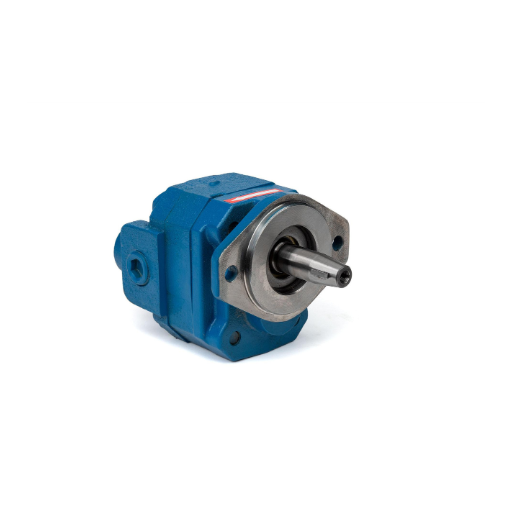
Regular Inspection and Cleaning
1Visual Inspection: Check for wear, cracks, leaks, and loose fittings
2Fluid Level Check: Ensure adequate hydraulic fluid levels
3Cleaning: Use recommended cleaning solutions to remove dirt and debris
4Documentation: Record inspection findings and maintenance activities
Fluid Replacement Guidelines
1Identify the Right Fluid: Consult the manufacturer’s manual for the correct hydraulic fluid type
2Check Fluid Quality: Look for discoloration, contamination, or unusual odors
3Set Replacement Intervals: Replace every 1,000-2,000 operating hours or per manufacturer specs
4System Flush: Remove old fluid and contaminants before adding new fluid
5Monitor Fluid Levels: Maintain proper levels to prevent cavitation and wear
Best Practices for Prolonging Lifespan
- Implement a systematic preventative maintenance approach
- Use high-quality hydraulic fluid meeting manufacturer specifications
- Monitor for leaks and unusual sounds regularly
- Keep filters clean to prevent contamination
- Avoid excessive pressure and system overloading
- Follow periodic maintenance schedules based on usage intensity
Troubleshooting Common Issues

Identifying and Fixing Leaks
Detection Process:
- Conduct visual inspection of hydraulic lines, fittings, seals, and connections
- Look for fluid pooling beneath the pump
- Check for moisture or wet spots around components
Common Causes and Solutions:
- Over/under-tightened fittings: Adjust to proper torque specifications
- Deteriorated seals: Replace with high-quality compatible parts
- Cracked hydraulic lines: Replace damaged lines immediately
- Excessive system pressure: Operate within recommended pressure ranges
Addressing Pressure Loss
Primary Causes of Pressure Loss:
- Internal Leakage: Fluid passing through worn seals or pump internals
- External Leakage: Visible fluid loss from hoses or fittings
- Air in System: Trapped air causing compression and inconsistent performance
- Component Wear: Worn pumps, valves, or actuators reduce system efficiency
Solutions:
- Regular seal and fitting maintenance
- System bleeding to remove trapped air
- Use of high-quality hydraulic fluid
- Prompt replacement of worn components
- Implementation of real-time monitoring systems
Resolving Unusual Noises
Strange sounds often indicate early mechanical problems. Common approaches include:
- System Inspection: Locate the source of unusual sounds
- Component Check: Examine for loose, misaligned, or worn parts
- Advanced Diagnostics: Use vibration analyzers and ultrasonic sensors
- Preventive Measures: Proper lubrication, cleaning, and component tightening
- Operator Training: Early recognition and reporting of unusual sounds





